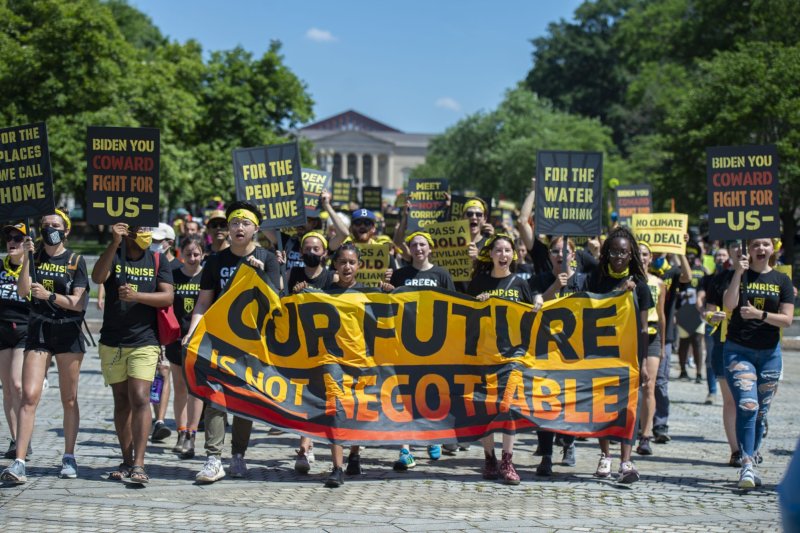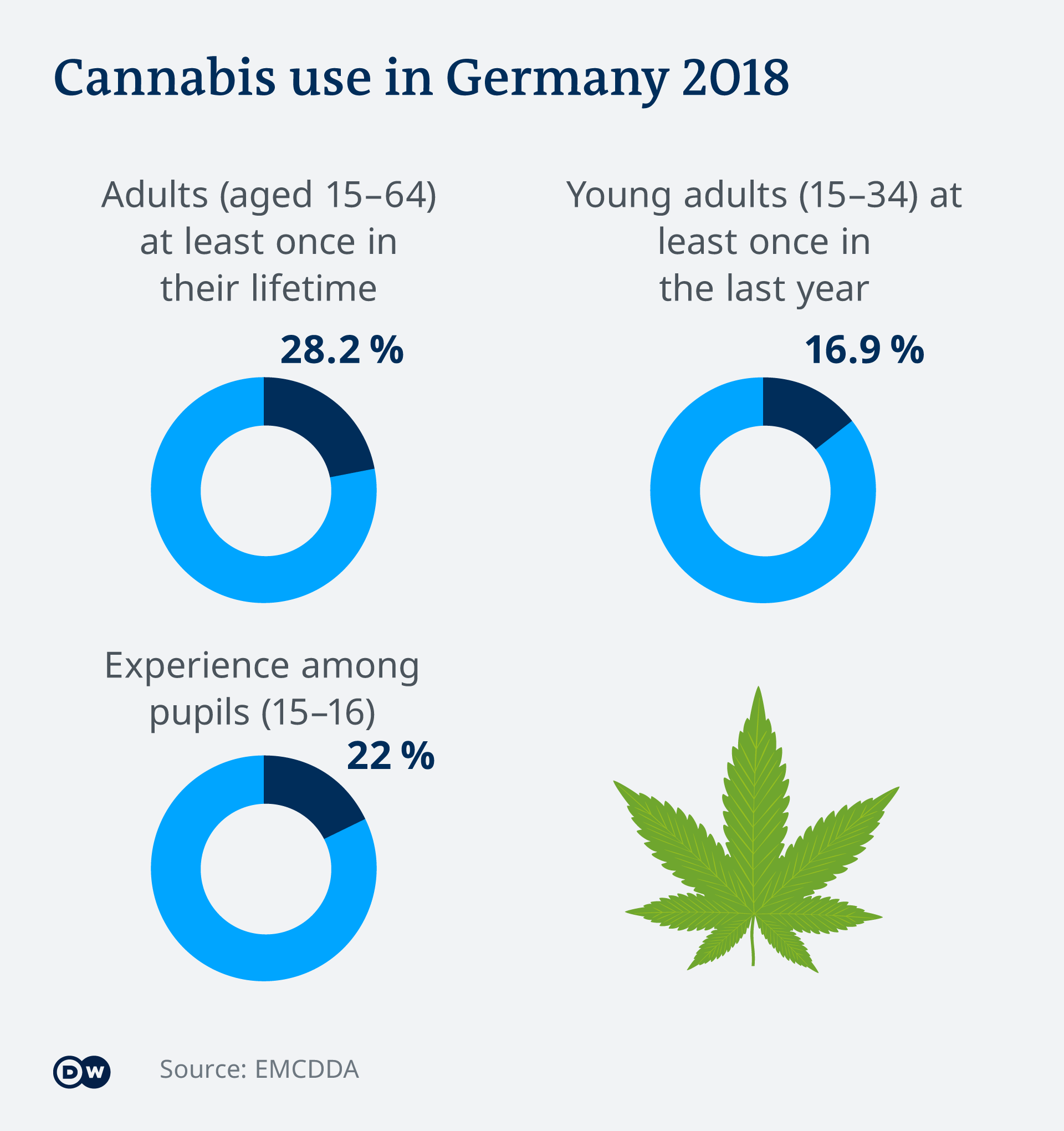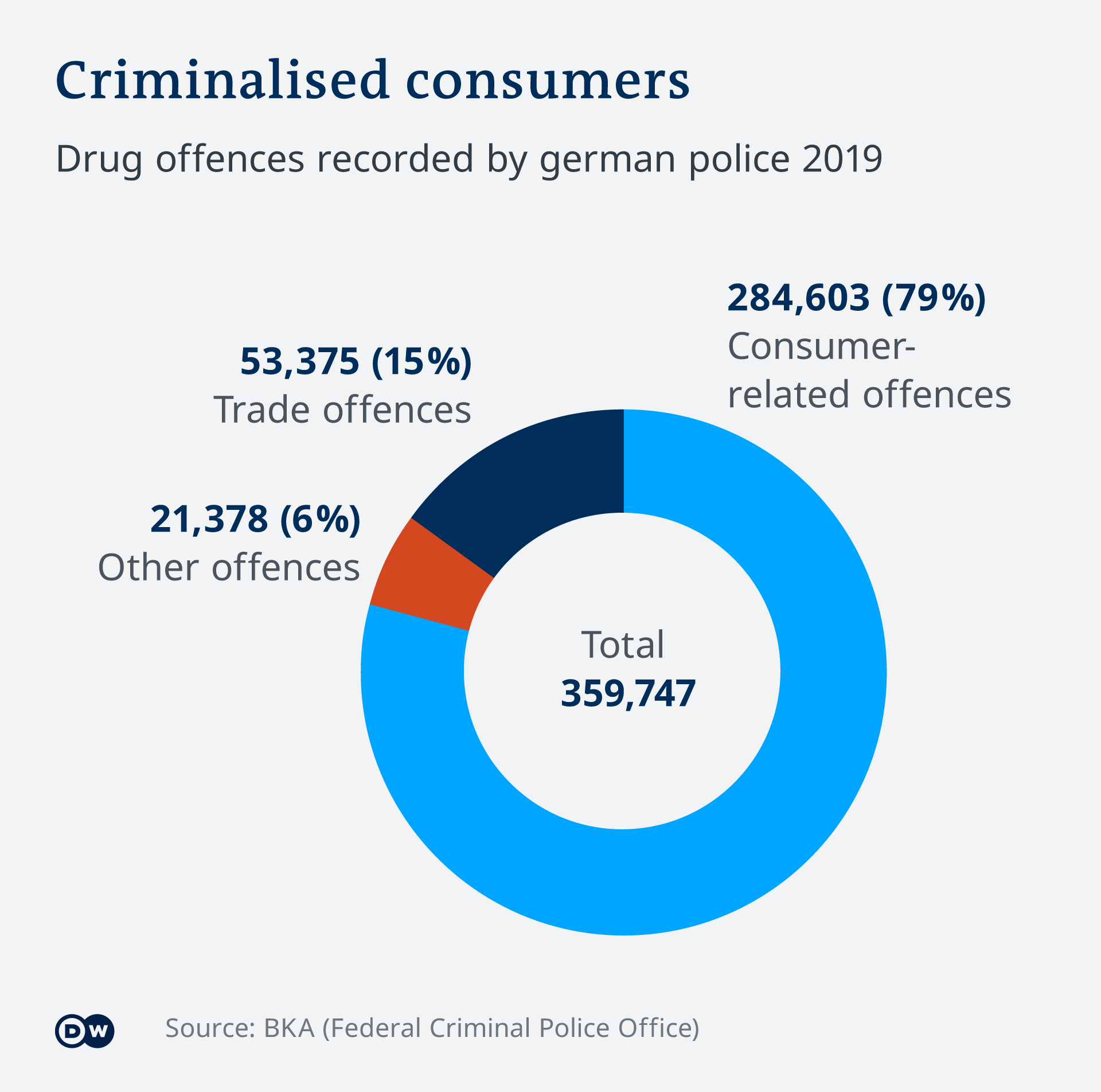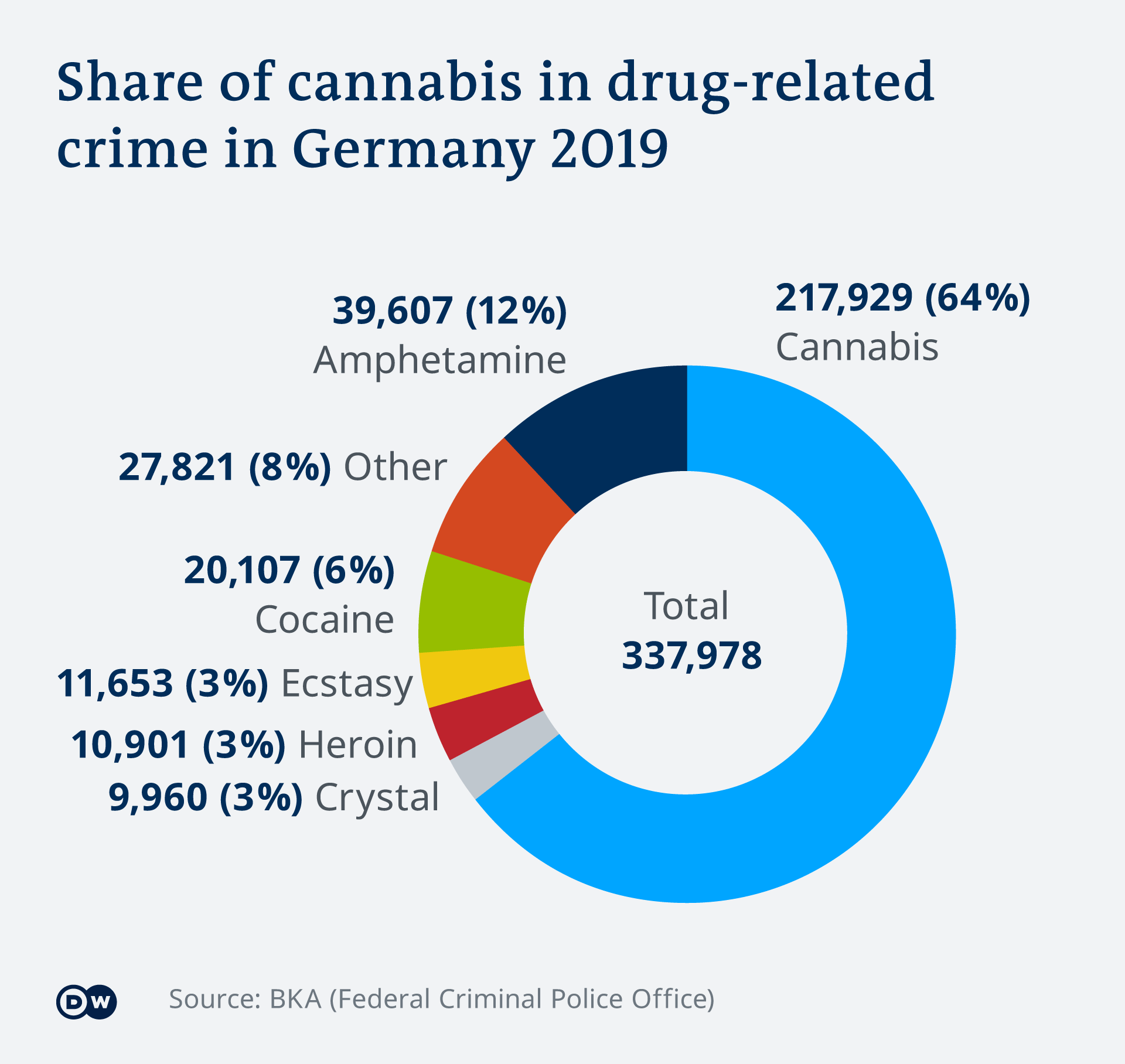Swedish climate activist Greta Thunberg has made her opinion on Canada's record-breaking high temperatures pretty clear!

© Provided by Narcity
In a tweet on June 28 — one day after Canada broke its own all-time heat record — the 18-year-old warned that "This heat-wave is just getting started."
"Highest temperature ever recorded in the planet north of 50N latitude also shattered (44.4C from July 1941)," Thunberg wrote, responding to the news that Canada recorded sweltering temperatures of 46.6 C.
She went on to say that heat records are usually broken by decimal points "like a tenth of a degree," and particularly not in months like June.
"This heat-wave is just getting started," the activist said, before adding the hashtag "#FaceTheClimateEmergency."
On June 27, in the middle of a "heat dome" across western Canada, a village in B.C. reached a sizzling 46.6 C (116 F).
Video: Greta Thunberg Warns The Heat Wave Is 'Just Getting Started' As Canada Breaks Temp Records (Narcity)
This broke Canada's all-time heat record of 45.0 C (113 F), which was set in Saskatchewan in 1937.
She went on to say that heat records are usually broken by decimal points "like a tenth of a degree," and particularly not in months like June.
"This heat-wave is just getting started," the activist said, before adding the hashtag "#FaceTheClimateEmergency."
On June 27, in the middle of a "heat dome" across western Canada, a village in B.C. reached a sizzling 46.6 C (116 F).
Video: Greta Thunberg Warns The Heat Wave Is 'Just Getting Started' As Canada Breaks Temp Records (Narcity)
This broke Canada's all-time heat record of 45.0 C (113 F), which was set in Saskatchewan in 1937.
Sunrise Movement calls for key climate inclusions in Biden infrastructure plan

Members of the Sunrise Movement called on President Joe Biden Monday to push for an infrastructure bill including key climate change provisions. Photo by Bonnie Cash/UPI | License Photo
June 28 (UPI) -- Members of the Sunrise Movement protested outside of the White House on Monday calling for President Joe Biden to prioritize the fight against climate change in his infrastructure bill.
Protesters from the climate change action group chanted "no climate, no deal" and "Biden, you coward, fight for us" as Reps. Alexandria Ocasio-Cortez, D-N.Y., and Jamaal Bowman, D-N.Y., joined the crowd.
The protest comes after Biden last week announced a $1.2 trillion infrastructure agreement with a group of bipartisan lawmakers that includes $579 billion in new spending but did not include an increase on gas tax or fees on electric vehicles and wouldn't require an increase on taxes from people earning less than $400,000.
One of the provisions protesters demanded was the creation of a Civilian Climate Corps, a federal entity to focus on job creation in renewable energy and other green industries.
Sunrise Movement organizer Nikayla Jefferson said Biden should negotiate with those who helped to elect him.
"We elected you -- the youth vote carried the election. If you are going to negotiate on our lives and livability of our planet, negotiate with us," Jefferson said. "So we will sit here until you commit to the side of climate justice, commit to an American Jobs Plan written with bold ambition against the climate crisis including a Civilian Climate Corps, and pass it through with reconciliation immediately -- or you will not pass a bill at all."
Ocasio-Cortez pledged that lawmakers would fight to get such a provision into the infrastructure bill.
"They want you to think, 'Oh, this is a new idea, this is too ambitious, this is too crazy.' How about this? The last time we introduced the Civilian Climate Corps in this country, we hired and mobilized a quarter-million people in three months," she said.
White House press secretary Jen Psaki on Monday said she disagreed with the notion that the bipartisan agreement "doesn't do anything for climate," stating it includes investments addressing legacy pollution, clean energy transmission and electric vehicle buses.
"Whether or not everyone is aware of all those specifics, that's incumbent on us to keep conveying that, communicating it, listening and making sure people understand that this is a down payment and the president will continue to advocate for, press for, work for,even more on climate as he will in the reconciliation bill in the process moving forward," she said.

Members of the Sunrise Movement called on President Joe Biden Monday to push for an infrastructure bill including key climate change provisions. Photo by Bonnie Cash/UPI | License Photo
June 28 (UPI) -- Members of the Sunrise Movement protested outside of the White House on Monday calling for President Joe Biden to prioritize the fight against climate change in his infrastructure bill.
Protesters from the climate change action group chanted "no climate, no deal" and "Biden, you coward, fight for us" as Reps. Alexandria Ocasio-Cortez, D-N.Y., and Jamaal Bowman, D-N.Y., joined the crowd.
The protest comes after Biden last week announced a $1.2 trillion infrastructure agreement with a group of bipartisan lawmakers that includes $579 billion in new spending but did not include an increase on gas tax or fees on electric vehicles and wouldn't require an increase on taxes from people earning less than $400,000.
One of the provisions protesters demanded was the creation of a Civilian Climate Corps, a federal entity to focus on job creation in renewable energy and other green industries.
Sunrise Movement organizer Nikayla Jefferson said Biden should negotiate with those who helped to elect him.
"We elected you -- the youth vote carried the election. If you are going to negotiate on our lives and livability of our planet, negotiate with us," Jefferson said. "So we will sit here until you commit to the side of climate justice, commit to an American Jobs Plan written with bold ambition against the climate crisis including a Civilian Climate Corps, and pass it through with reconciliation immediately -- or you will not pass a bill at all."
Ocasio-Cortez pledged that lawmakers would fight to get such a provision into the infrastructure bill.
"They want you to think, 'Oh, this is a new idea, this is too ambitious, this is too crazy.' How about this? The last time we introduced the Civilian Climate Corps in this country, we hired and mobilized a quarter-million people in three months," she said.
White House press secretary Jen Psaki on Monday said she disagreed with the notion that the bipartisan agreement "doesn't do anything for climate," stating it includes investments addressing legacy pollution, clean energy transmission and electric vehicle buses.
"Whether or not everyone is aware of all those specifics, that's incumbent on us to keep conveying that, communicating it, listening and making sure people understand that this is a down payment and the president will continue to advocate for, press for, work for,even more on climate as he will in the reconciliation bill in the process moving forward," she said.












